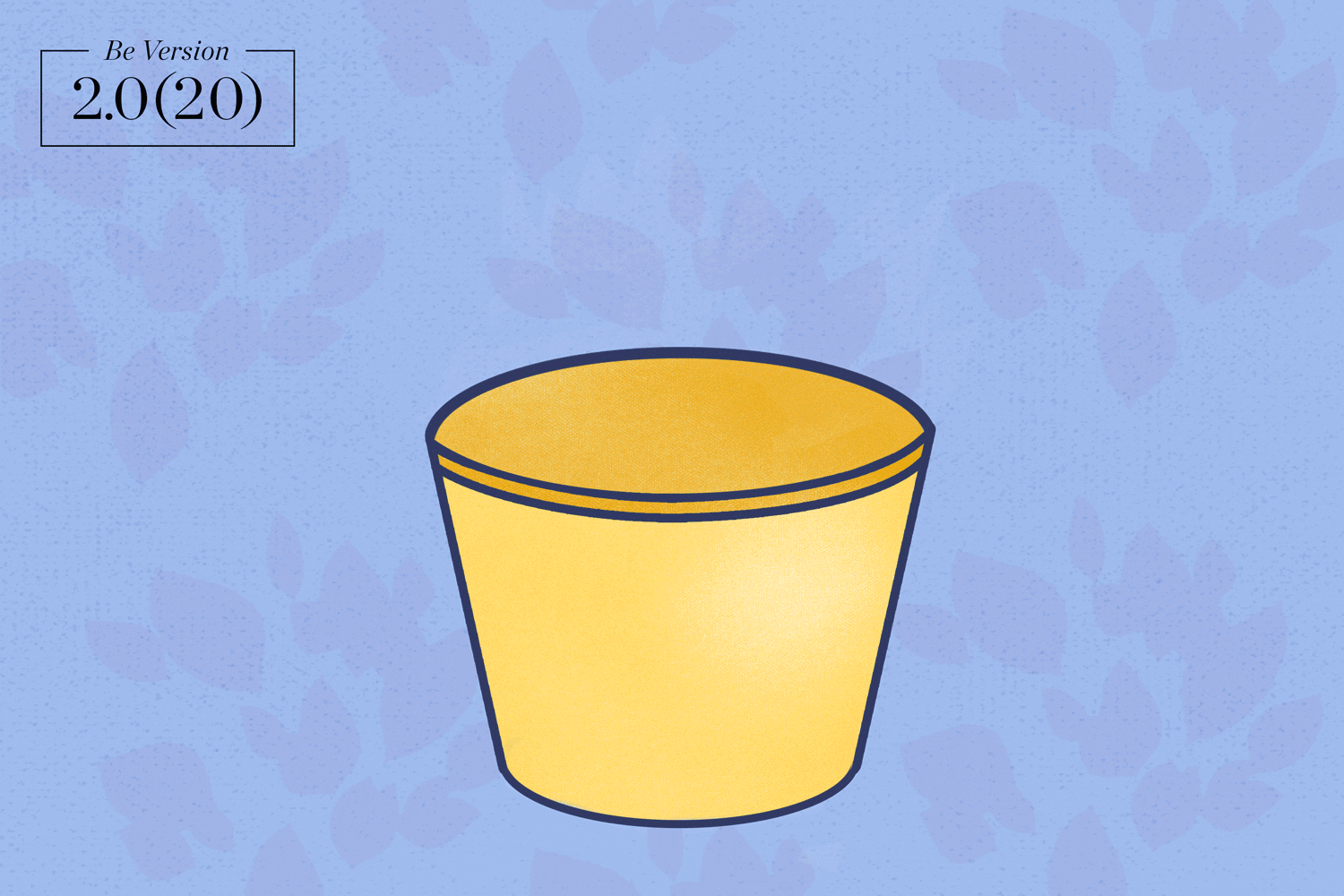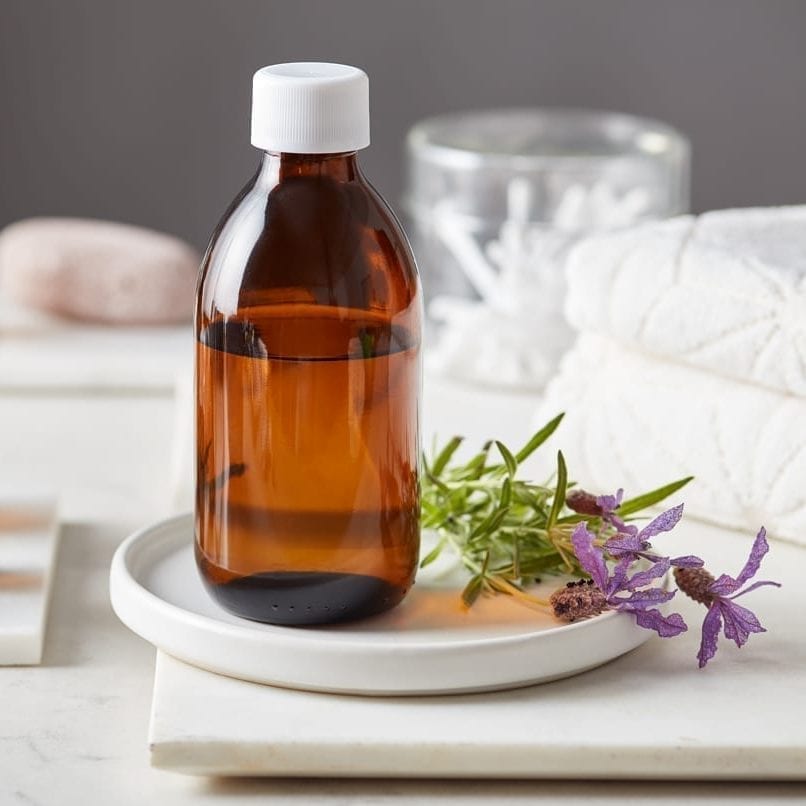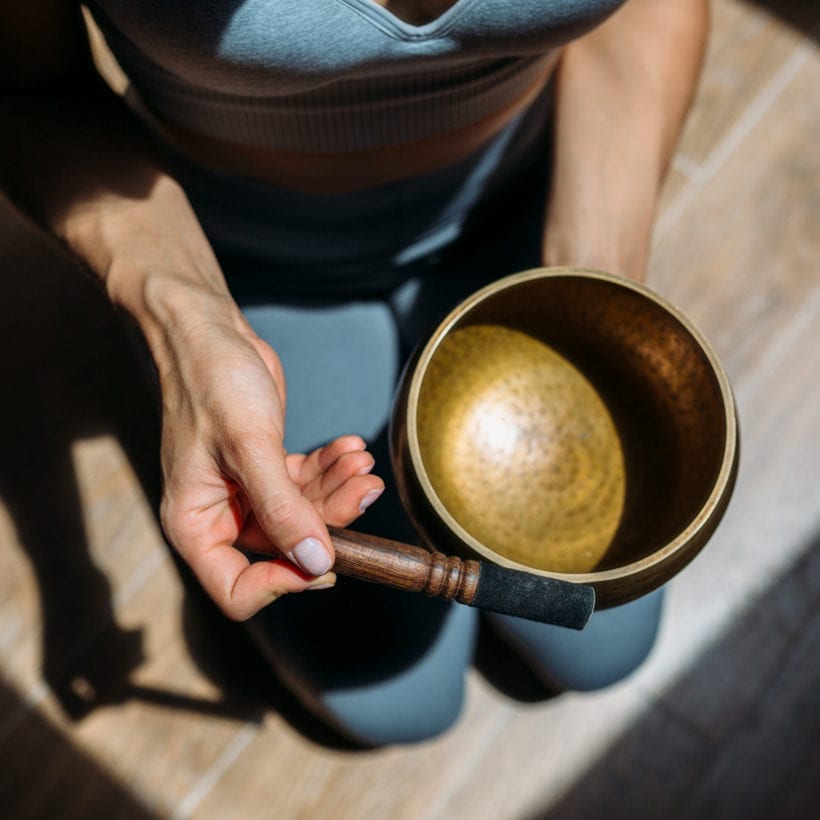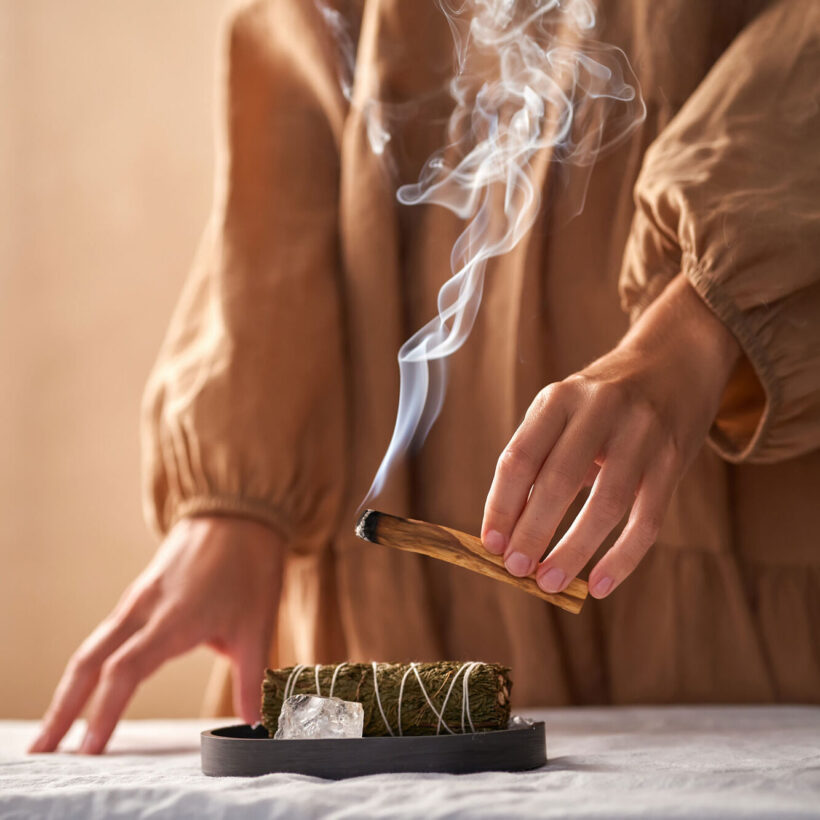Gardening is a hobby I associated with stay-at-home moms and retired grandmothers all my life. My own mother would often come home from work and spend at least 30 minutes tending to her outdoor garden, and I never paid attention, relegating it to a hobby only suited for grown-ups, and something I would likely care about in thirty years. Well, the times have clearly changed. And though I am, in fact, grown-up now, gardening has taken on a new kind of meaning for my generation as a whole. As it turns out, gardening and health go hand in hand.
On Instagram, hashtags like #plantlife, #plantsofinstagram and #urbanjungle propagate 9.8 million posts collectively, and according to the U.S. Department of Commerce, the sale of seeds, flowers and potted plants have majorly increased since 2016. And the obsession with houseplants continues to grow — according to a report by Euromonitor, interest and sales have grown 10 percent in the past year.
We could go on and on as to the root and the cause of this uptick, but to neatly summarize it, multiple articles have been written with some version of a title that says, “millennials are obsessed with houseplants because they can’t afford kids,” and “ what is it with millennials and cactuses.” Part of it is that, as we millennials and younger generations find ourselves with less space, time and money, we are turning to houseplants for their benefits of reducing stress, connecting us with nature, and giving us a semblance of what JWT Intelligence has called “petrenthood:” an outlet that satisfies millennials’ caregiving impulses.
Succulents seem to be at the top of the list of plants sold. Partly because they are easy to grow and personalize, but also for their grittiness and hardiness. After all, they are the ultimate survivors and what better role model than that? “No matter what life is throwing at them, they are surviving, even in really hard conditions,” says Jennifer Tao, a California succulent and houseplant enthusiast with an Instagram following of 122,000. “Instead of giving up and dying, they are finding all these ways to survive.”
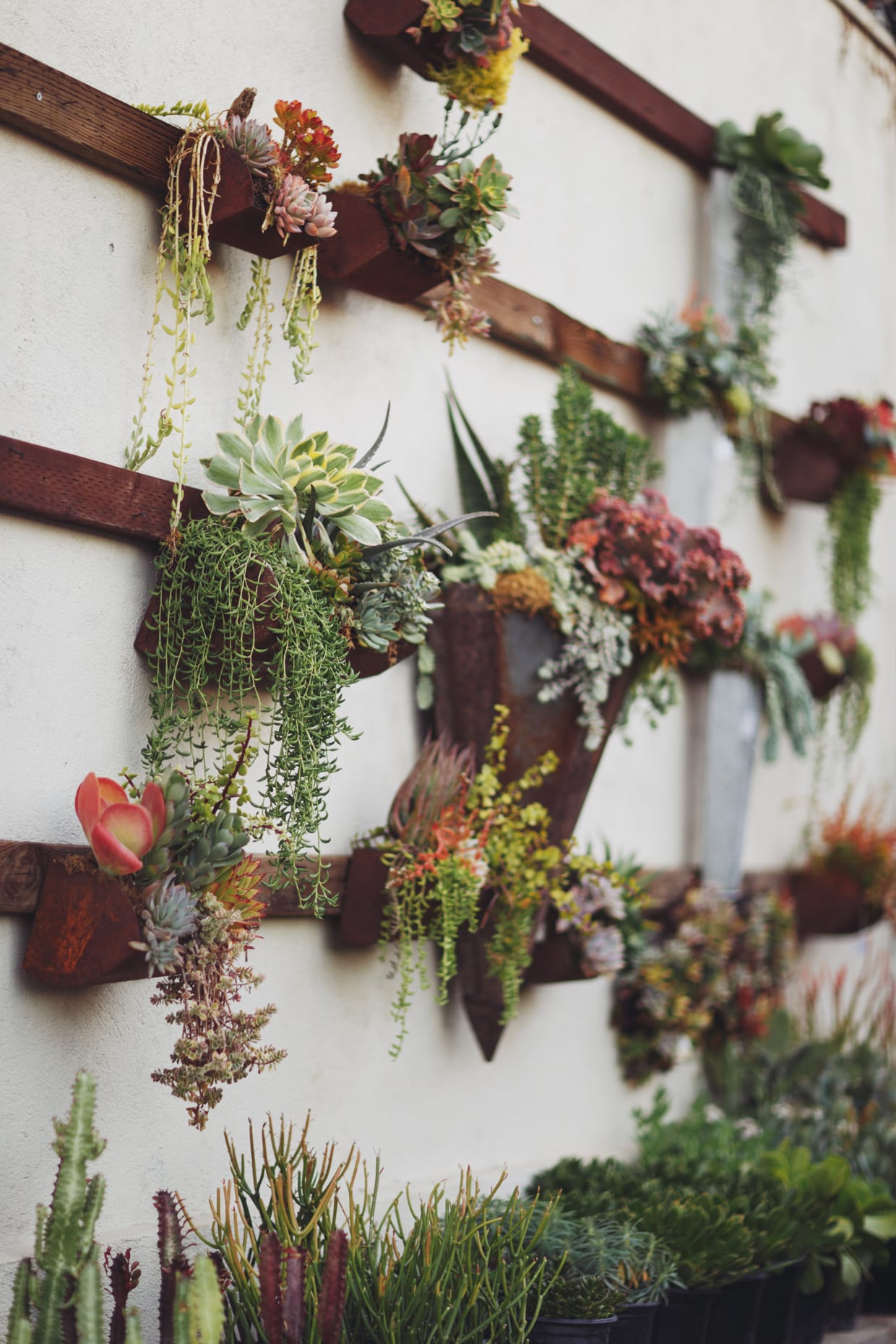
The Benefits of Gardening
Studies have found many gardening health benefits, in fact, simply being around plants can boost health and happiness. Essentially, they do the opposite of what we humans do when we breathe: they absorb carbon dioxide and release oxygen, which helps remove toxins from the air we breathe indoors. Research from NASA indicates that houseplants can remove up to 87 percent of toxins in the air within 24 hours. Plus, plants are stress busters, and picking up gardening or overall plant care as a hobby as opposed to nights of drinking or binging on other unhealthy habits, can have real therapeutic benefits.
The mental health benefits of gardening have been well documented for quite some time. In fact, horticulture therapy has been recommended by psychologists and therapists since the 19th century, and it centers around working in greenhouses and outdoor gardens to improve physical and mental health. The reason largely is that working with indoor or outdoor plants can help give us a larger sense of purpose about life, especially when we are eschewing marriage and kids until much later in life. In the meantime, caring for plants fulfills that need to care and contribute to something other than ourselves. “[As a hobby] when you have a shopper-oriented mind, you are constantly looking … at the next thing that you do not have and how you can get it. And when you do not, you kind of feel bad about yourself, that is just the nature of the beast, but when I became more interested in gardening — I was a new mom, did not have a job and did not have all this extra money — and my focus shifted from material things to plant things. Even if you do not spend a dime, you learn to appreciate nature,” says Tao. “Your focus just becomes more organic and it is easier to find peace when what is amazing and inspiring is readily available, even in a big city.”
Simply seeing greenery and nature helps us feel more relaxed and calmer which is why gardening therapy provides such great results. Studies have even shown that it also improves concentration and productivity by up to 15 percent, perhaps simply because it calms our mind and boosts our mood. Lastly, gardening just might the answer to our overexerted attention spans that are preyed on daily by the mountains of emails, news and notifications from all our social media apps. Tending to plants is a form of “effortless attention” that can be done almost by instinct, allowing the brain to relax and release its mental block. As it turns out gardening and mental health are not so unrelated after all.
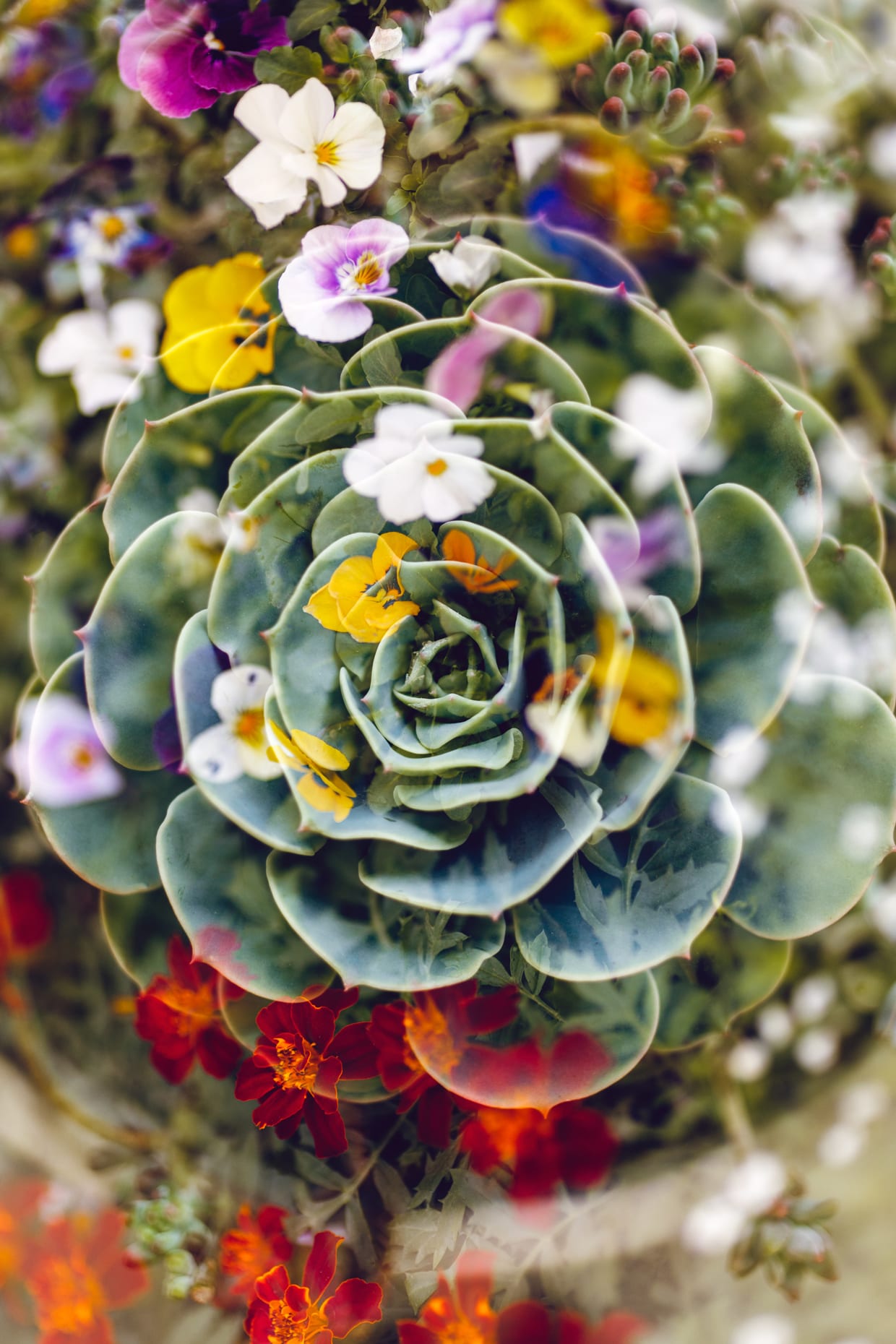
Tips for How to Get Started
According to Euromonitor, succulents are the largest proportion of plants sold, and for good reason: They are easy to grow, and they are hardy, making them a good choice for people who are just starting out or do not have that much time to tend to them. One key piece of advice from Christine Kelso of @workhardplanthard is to nail down which type of gardening you want to do, whether indoor, outdoor or edible gardening (herbs, greens, beans, peppers, tomatoes, etc). “If you are a beginner, you want to pick one thing and start with that,” says Kelso. “Pick something easy, so you will have success and that will make you want to keep doing it.”
Additionally, get acquainted with plants that are easy to tend to, meaning they do not require so much watering and are fine under relatively low light conditions. Kelso herself created the hashtag #easyhouseplants highlighting some of these species. Among her top easy plants: San Sevieria, pothos, begonias, hoyas and monstera. “The most common problem people have is they do not give the plant enough light, and they put it on a weekly watering schedule, and the roots just rot,” she says. Easy plants you can let them dry out a little bit, and only water them when they are dry and they will be fine. To know when a plant is dry, all you have to do is check if its soil is at all moist; the plant itself should still retain a healthy color.
Lastly, take a realistic approach to set you up for success. “Start small and start cheap,” says Tao. “Do not go out and buy the most expensive plant that you see. Buy the one that is $3 or $4 and see how you handle those before you get carried away.” Once you master those, then move on to the next tier of difficulty. “I still won’t go near ferns because I have had them where I have not watered them for three days and they are dead and there is no coming back. I know my limits.”
Where to Buy Them
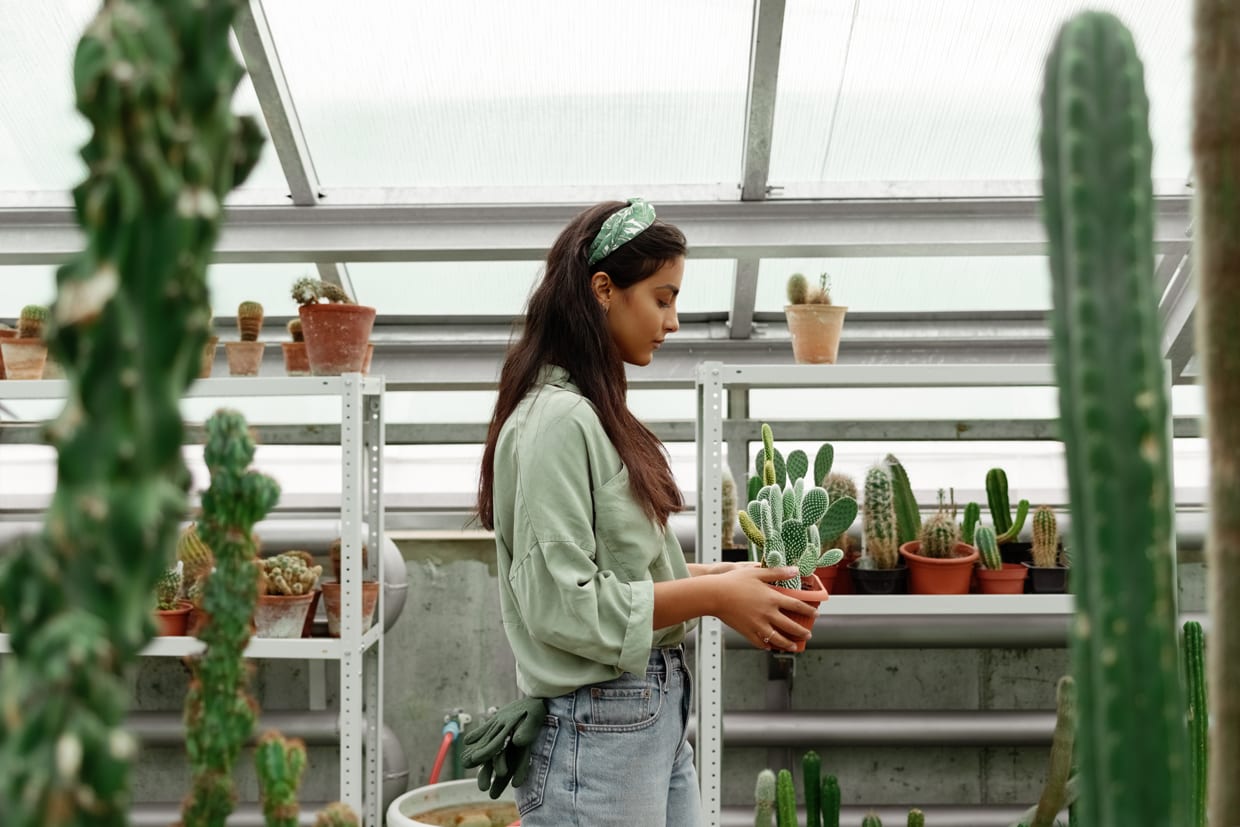 Aside from your local nursery and greenhouse, Tao loves Trader Joe’s for houseplants. “They have small house plants for $2.99, and I’ve never seen them that cheap at The Home Depot.” But then plants are also a thriving online business. Some of the most popular brands in the game right now are superstores like Amazon, florists like UrbanStems and houseplant-focused companies like Leon & George, The Sill and Bloomscape.
Aside from your local nursery and greenhouse, Tao loves Trader Joe’s for houseplants. “They have small house plants for $2.99, and I’ve never seen them that cheap at The Home Depot.” But then plants are also a thriving online business. Some of the most popular brands in the game right now are superstores like Amazon, florists like UrbanStems and houseplant-focused companies like Leon & George, The Sill and Bloomscape.
We only recommend products we’ve independently researched, tested, and loved. If you purchase a product found through our links, Sunday Edit may earn an affiliate commission.
